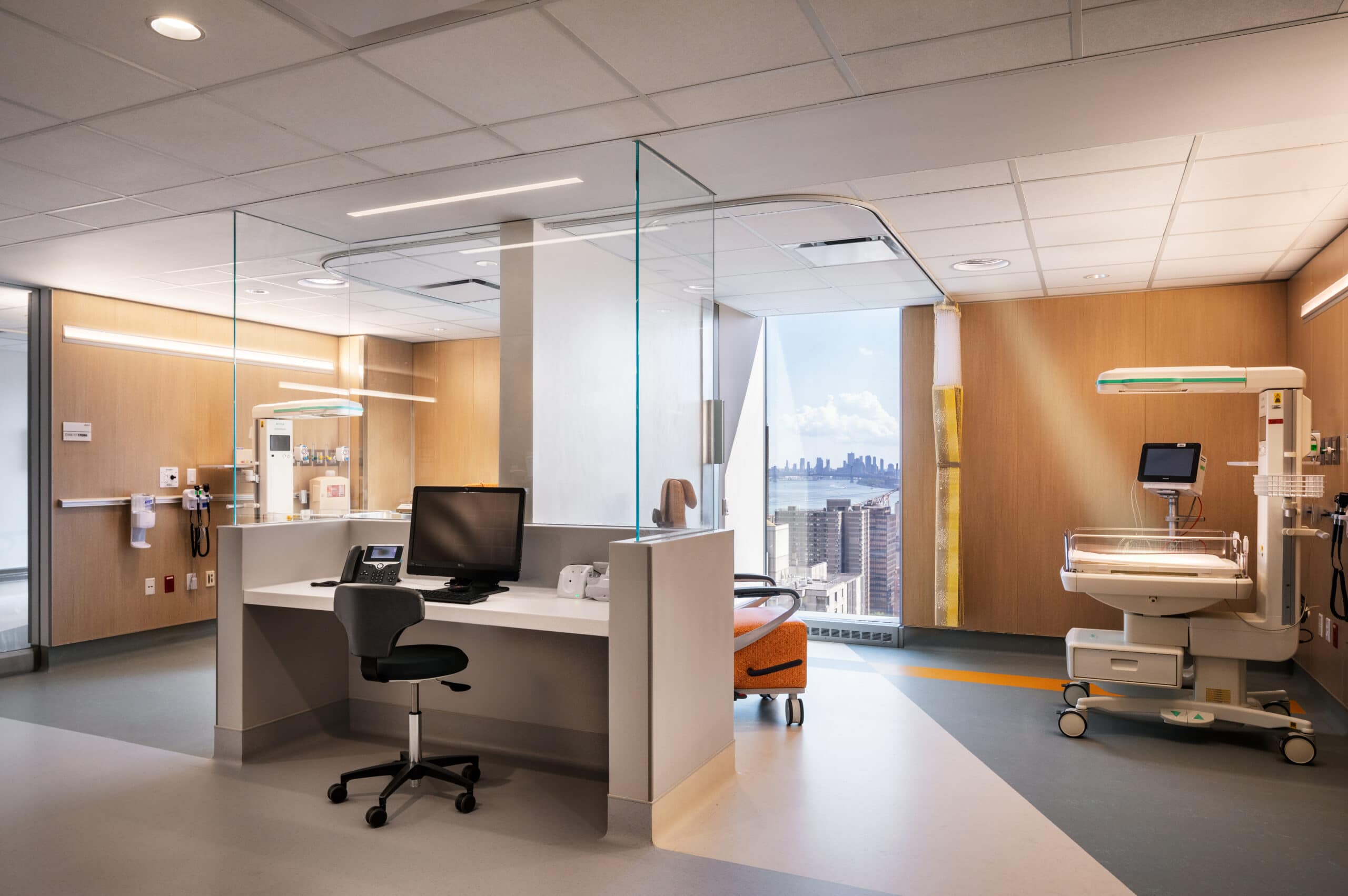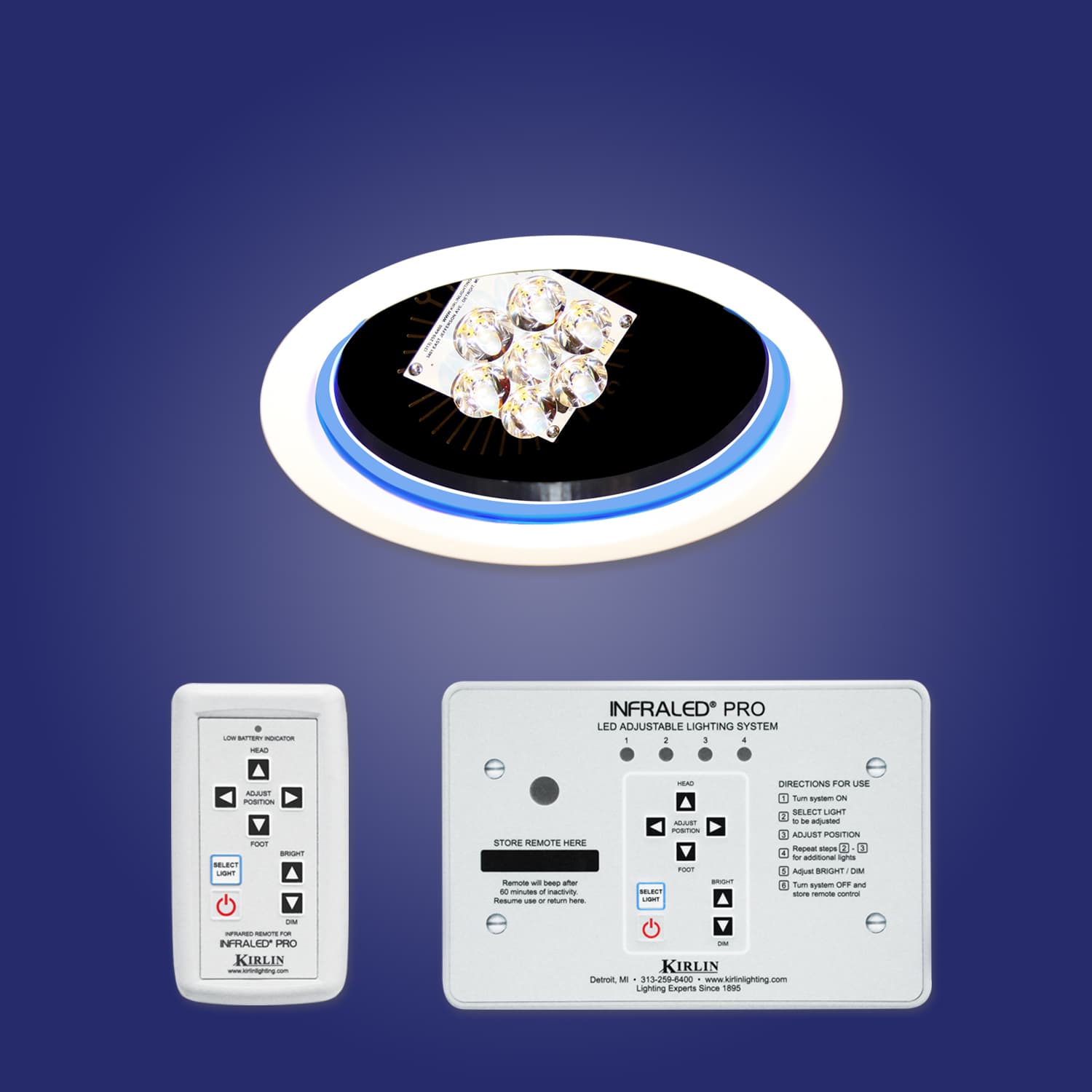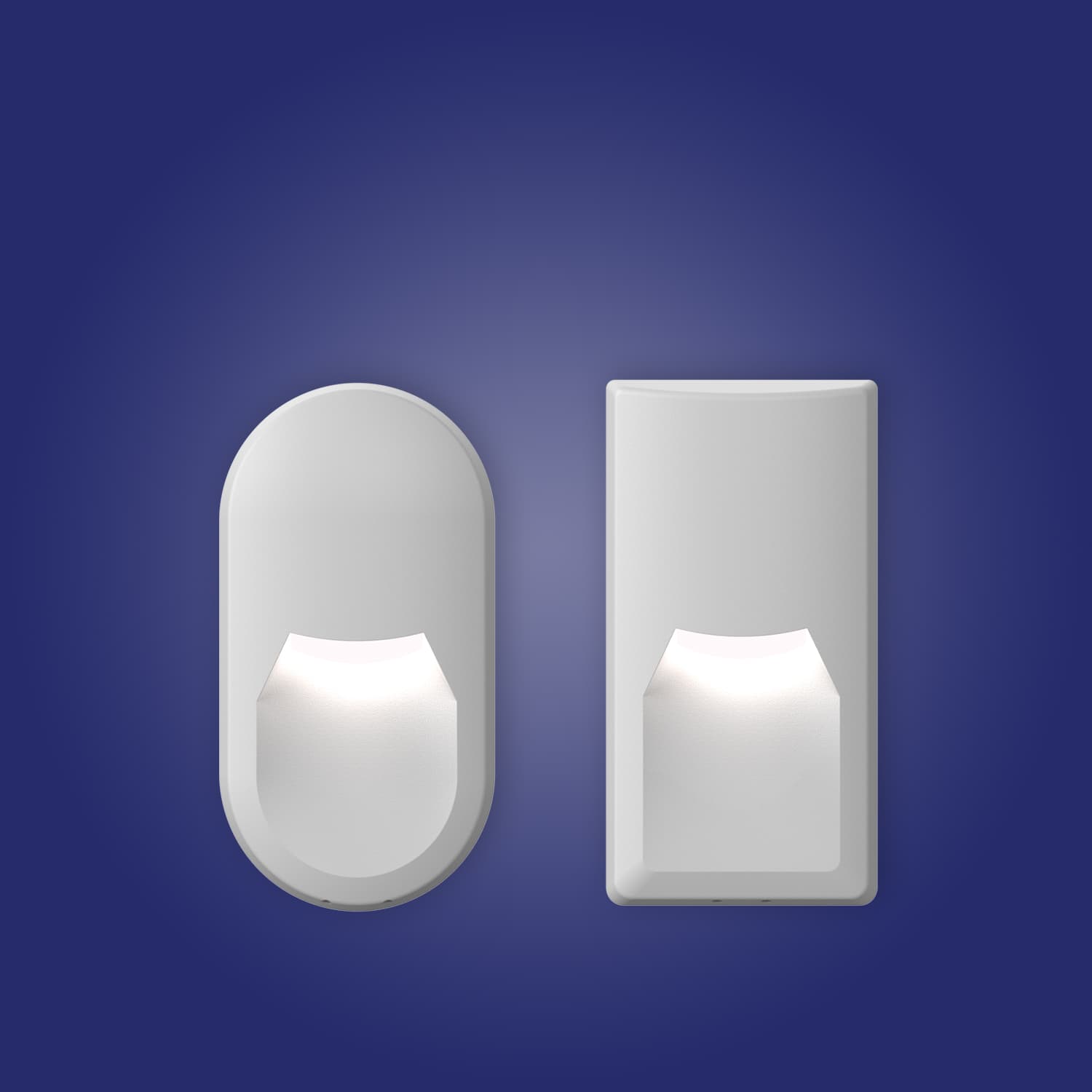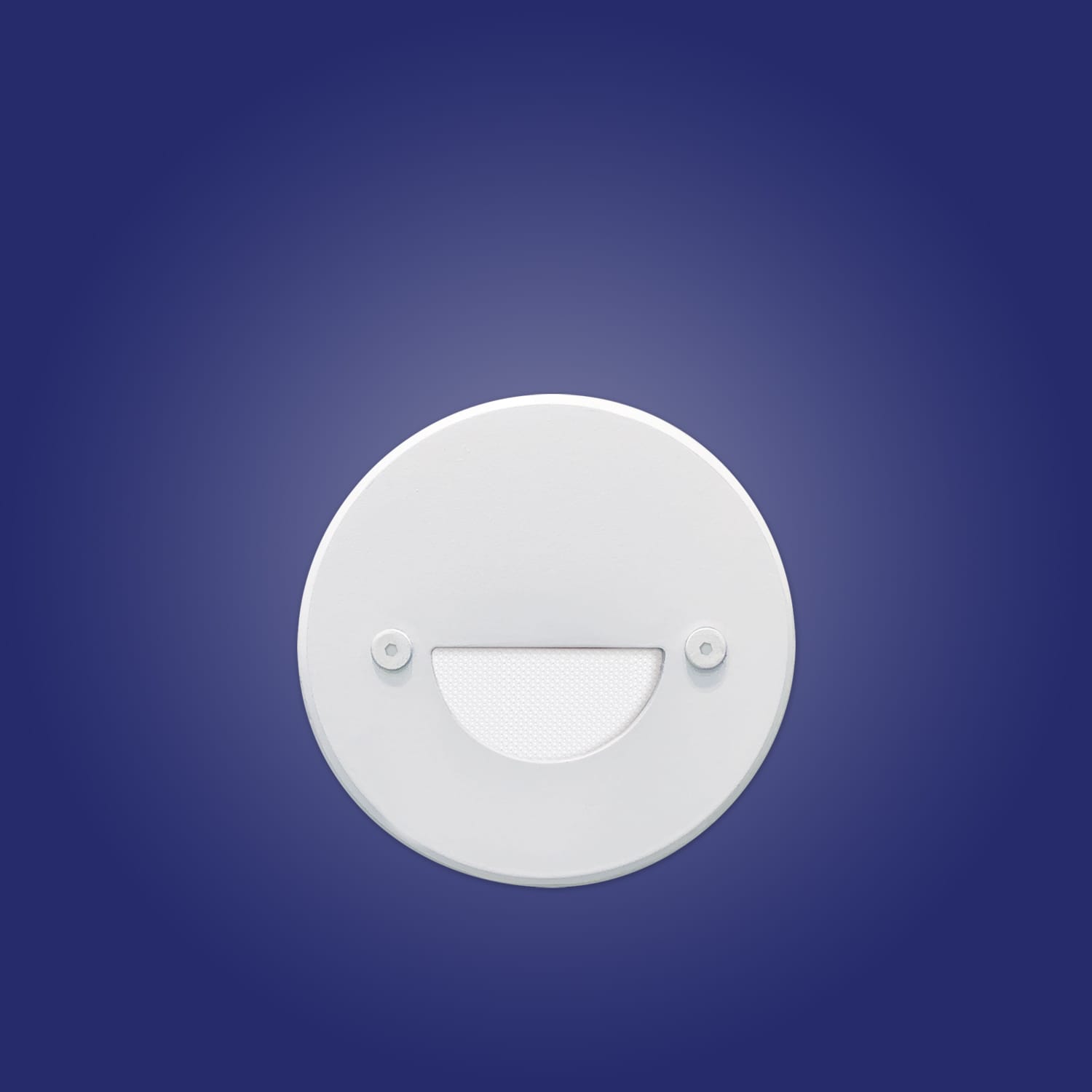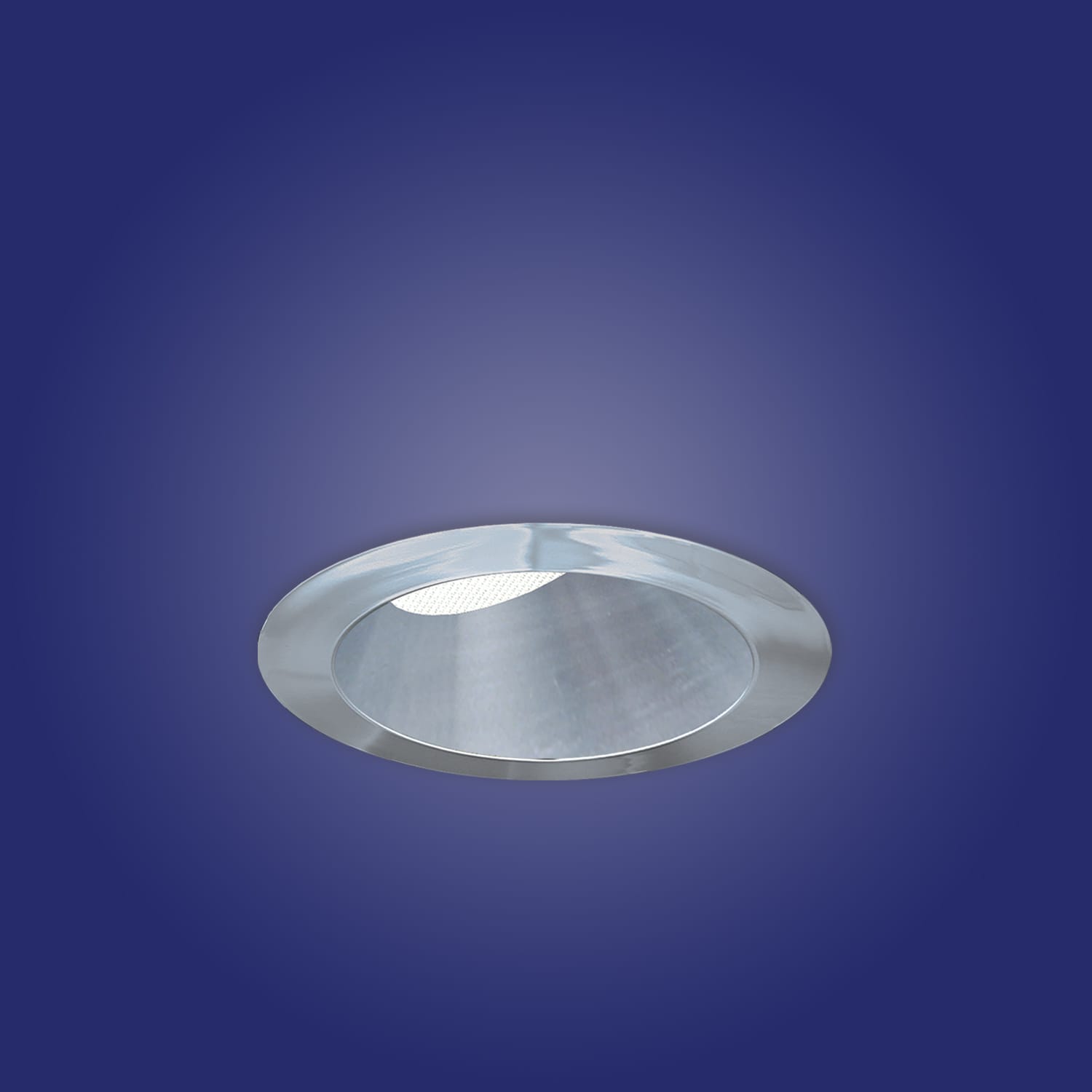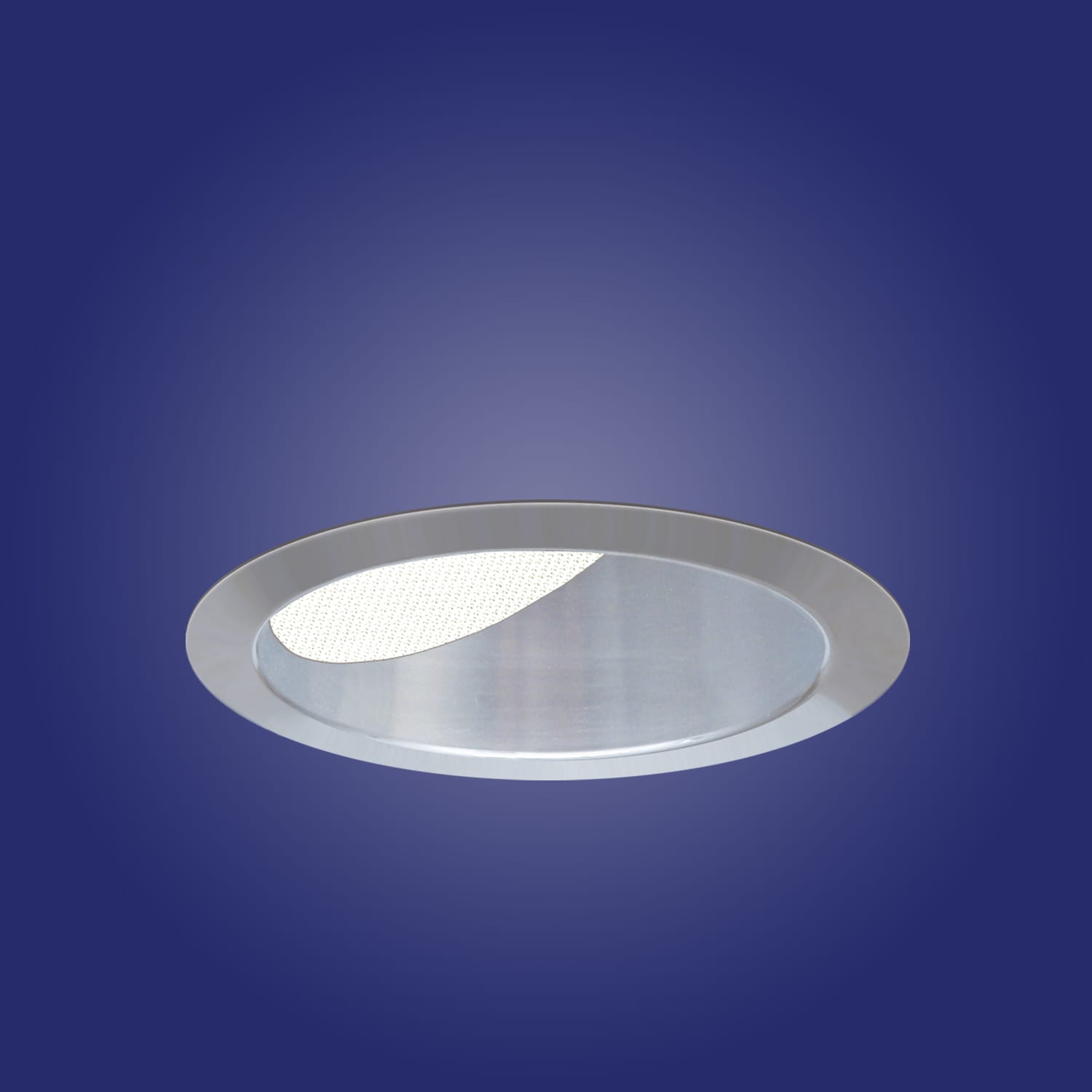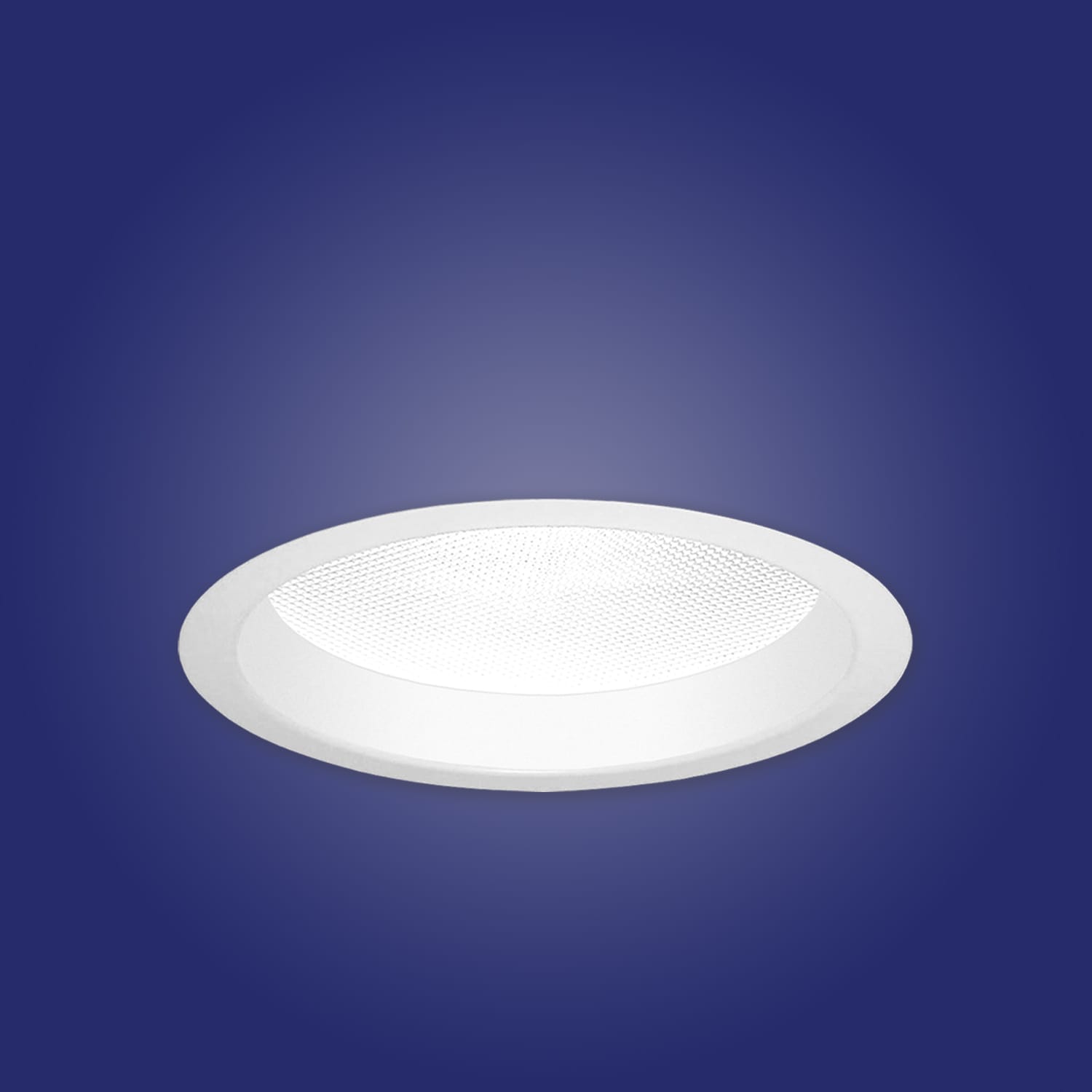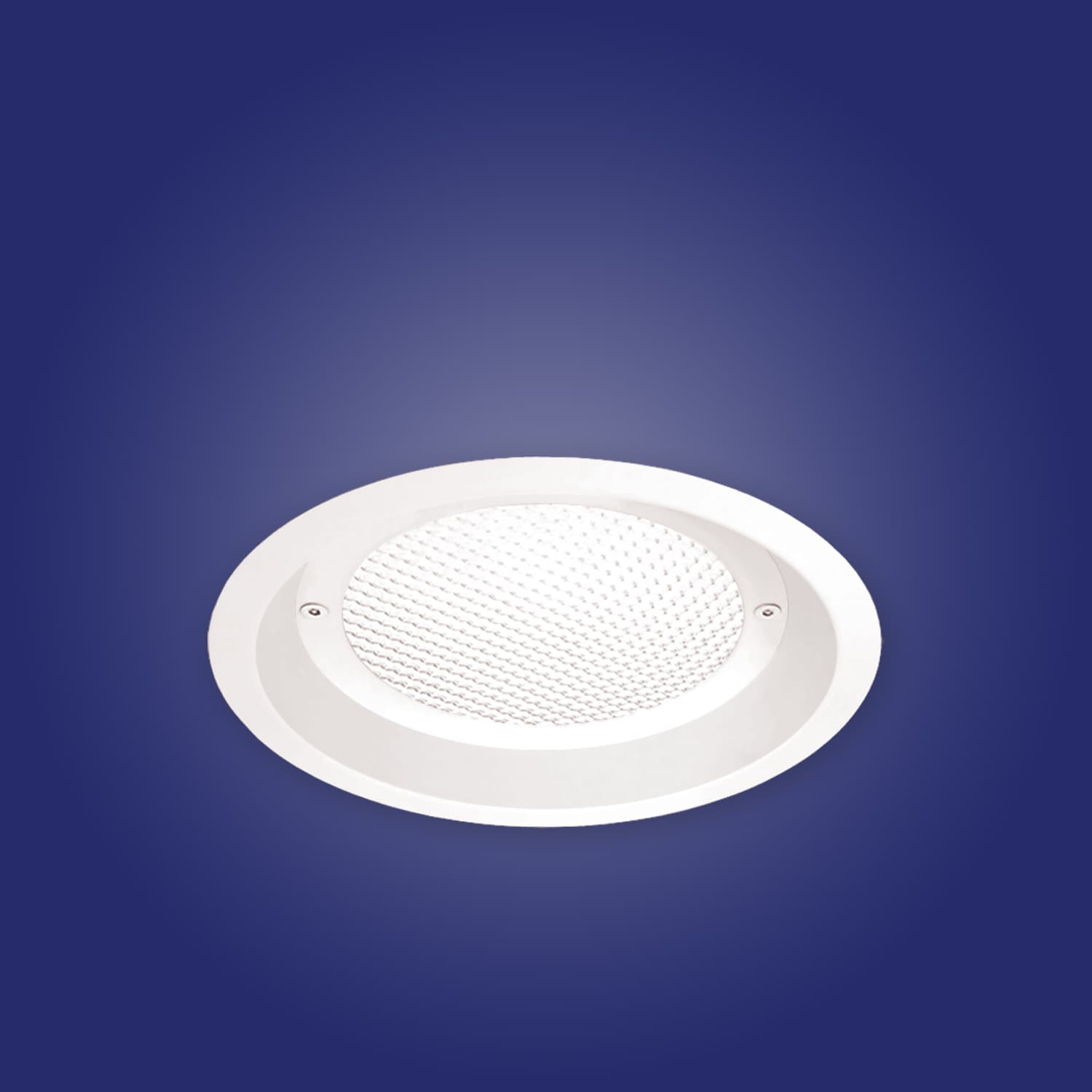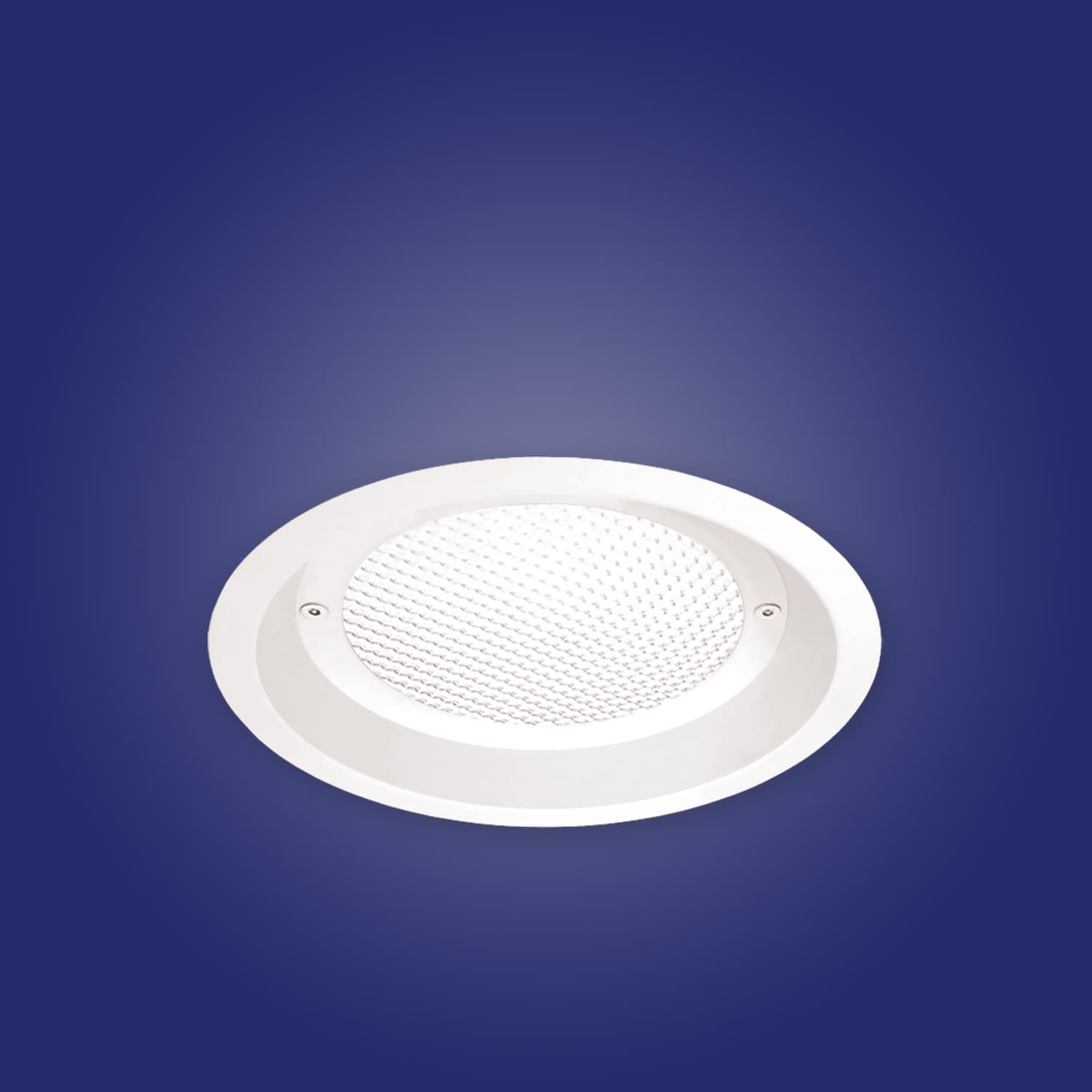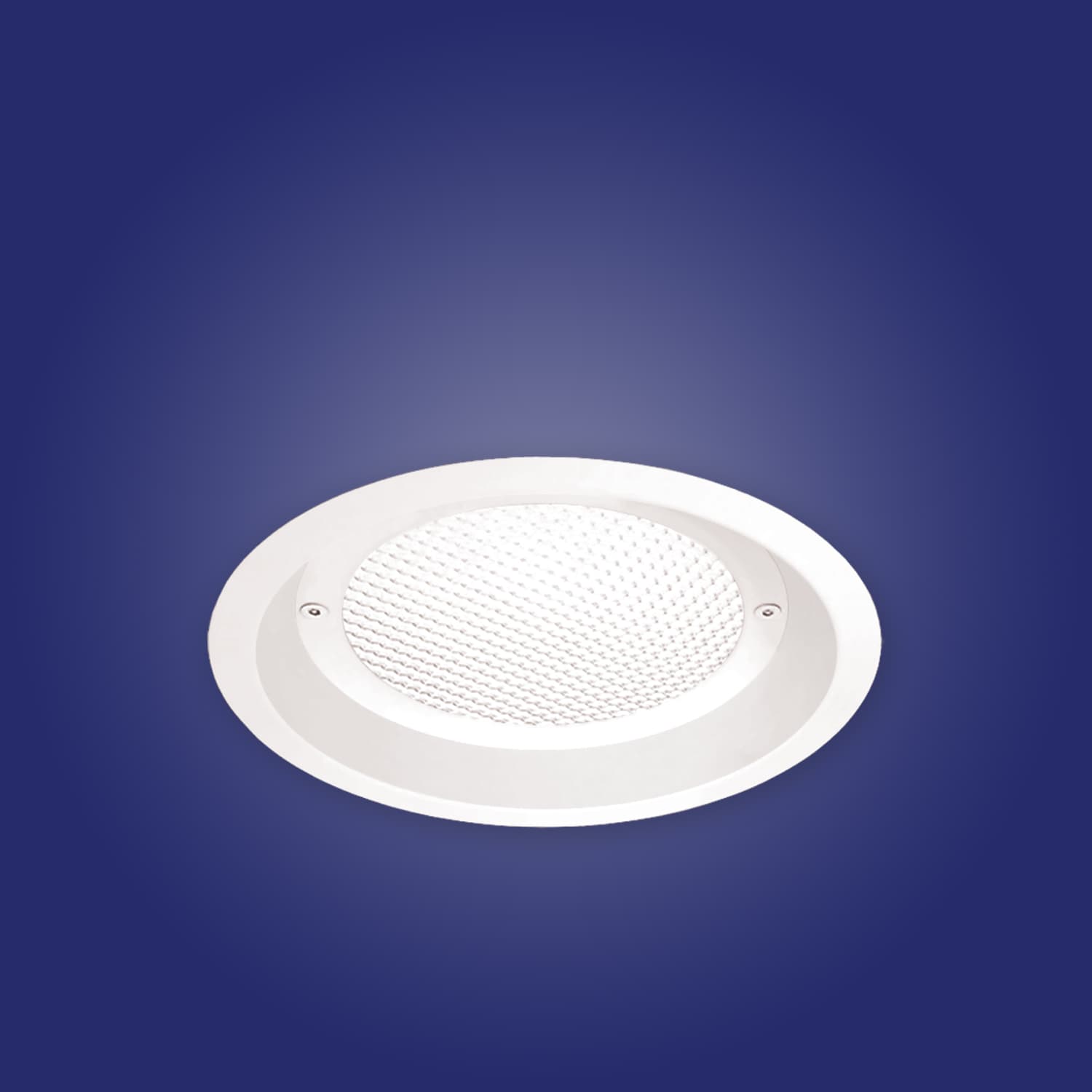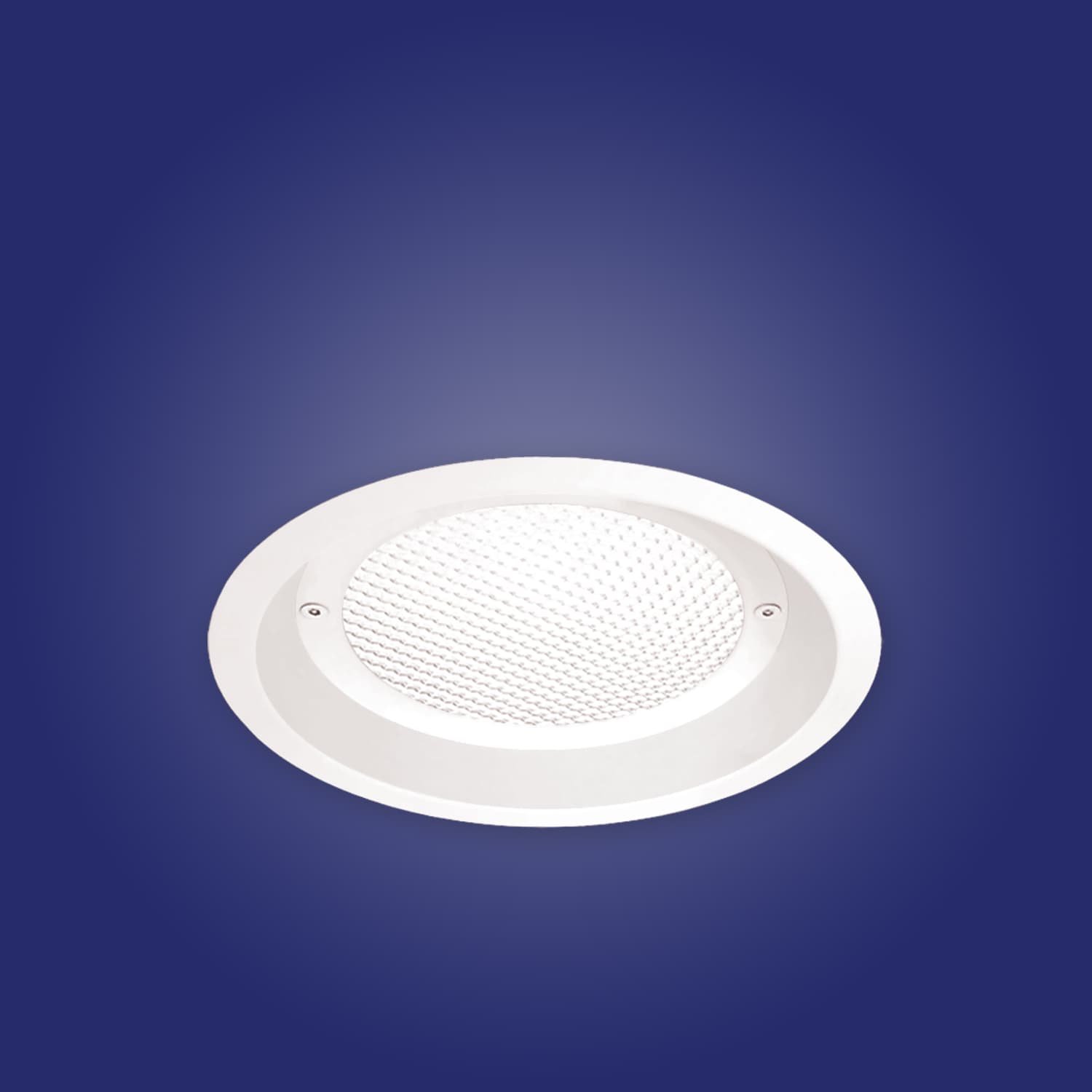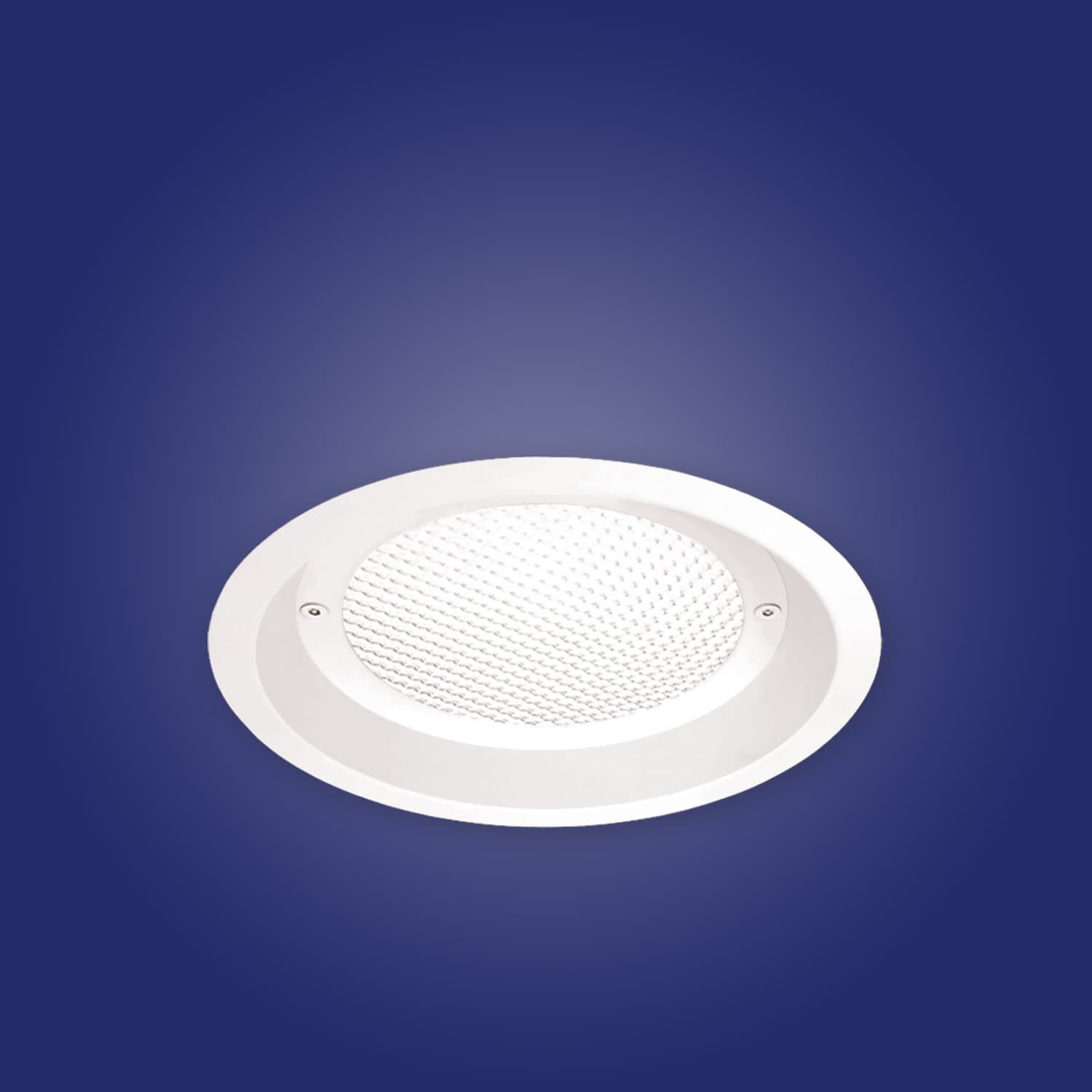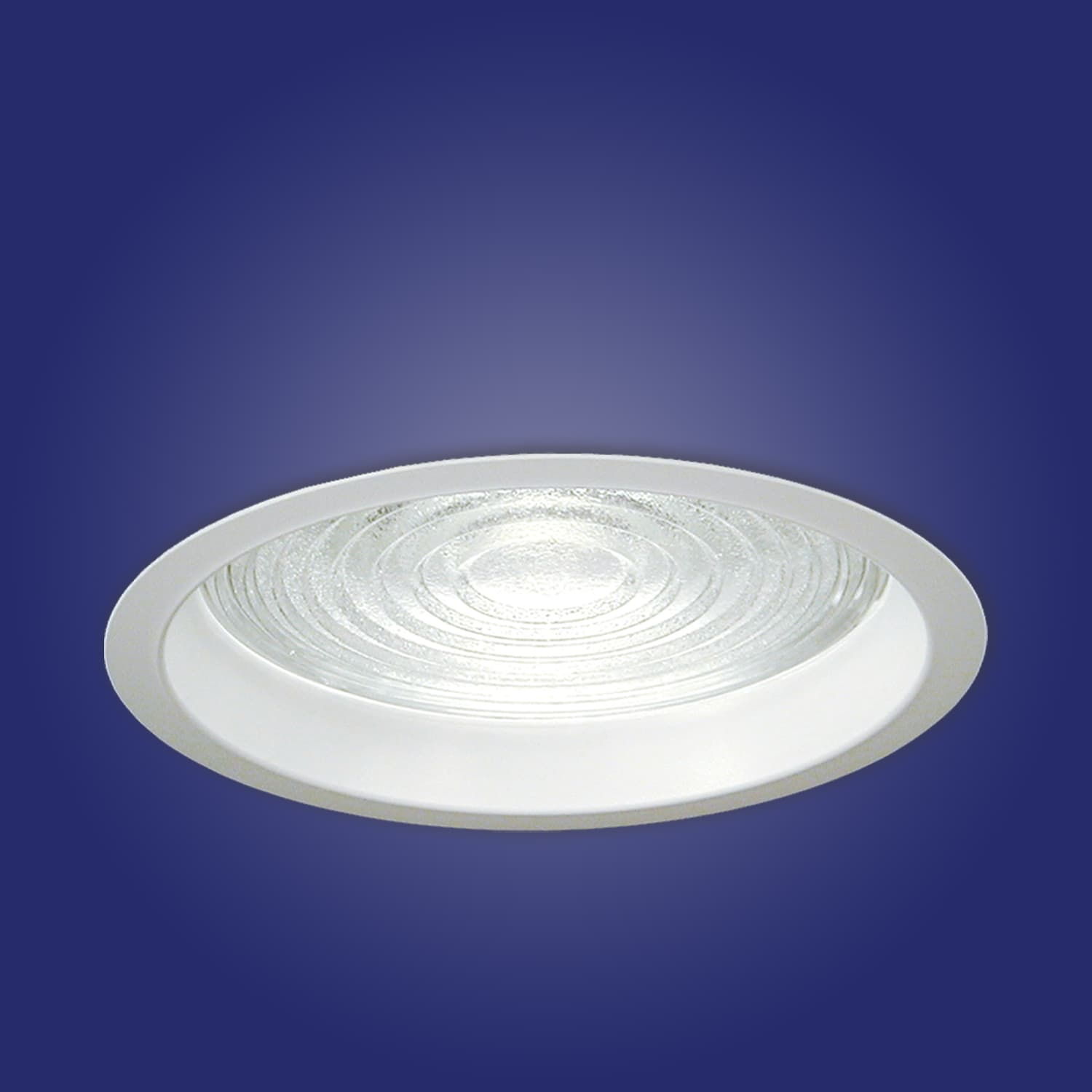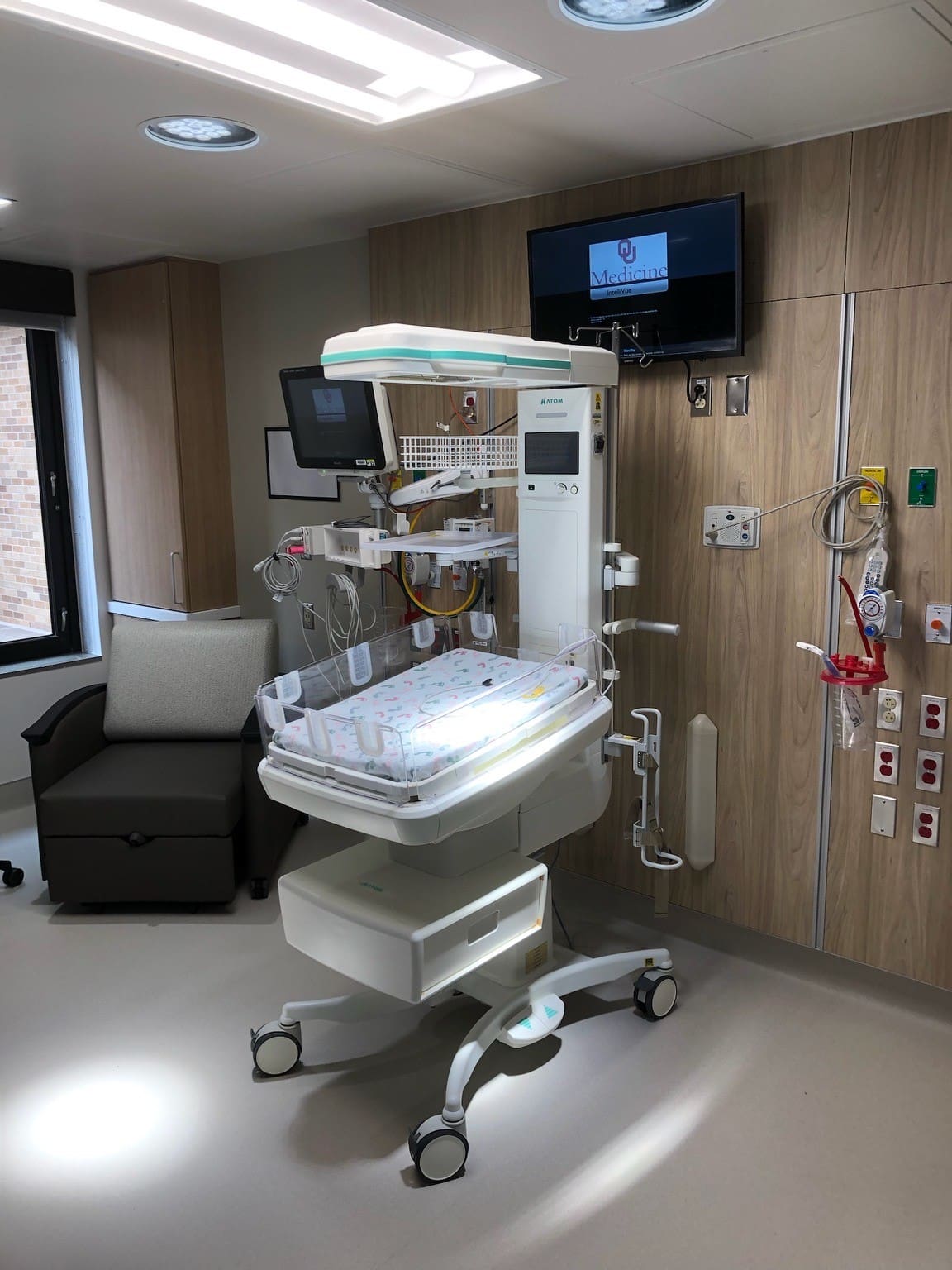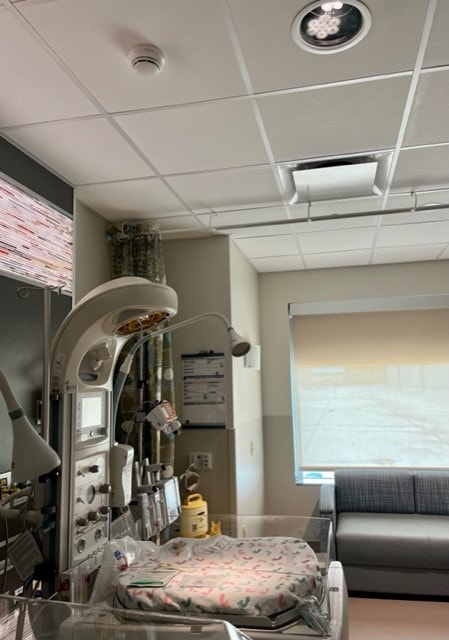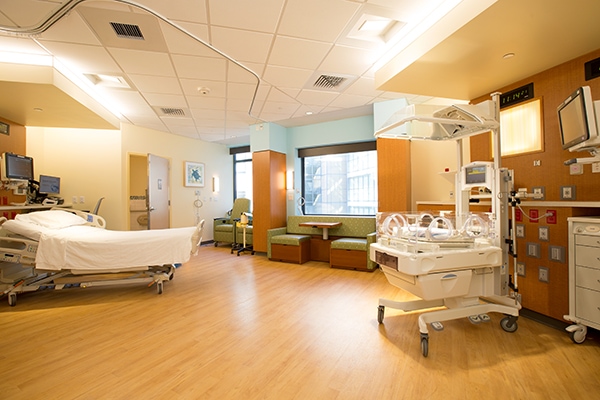NICU Lighting Solutions
The NICU simultaneously serves the purpose of a nursery, an exam room, an operating room, and a recovery room for the hospital’s youngest and most at-risk patients. Historically, portable exam lights have been a common solution for procedural lighting in the NICU, but they have numerous downsides: they can be underpowered, are difficult to find, and provide a trip-and-fall hazard for clinicians in an already crowded space. What’s worse, the rolling exam lights collect dust and debris, which can harbor infectious agents that challenge the NICU patients’ new immune systems.
Recessed motorized procedural lighting helps solve these NICU challenges, and Kirlin’s INFRALED PRO 25 has been designed specifically for this department. It offers 360 degrees of rotation and 25 degrees tilt from a discreet, 8″ lens opening. PRO 25’s smaller lower-output lighthead (up to 27,000 lux on task) with industry-leading color rendering provides safe light levels and precision aiming. With Kirlin’s wall control and remote, PRO 25 offers unparalleled flexibility in the NICU, while reducing clutter and enhancing patient outcomes.
NICU Lighting Best Practices
Looking to learn more about procedural and ambient lighting in the NICU? Take a look at this “Best Practices” webinar recording, featuring the Kirlin team.
You’ll learn all about:
- Using IP66-rated INFRALED PRO recessed motorized exam lights to get around ceiling obstacles
- Adjustable exam lights to utilize over the patient warmer when motorized lights aren’t suitable
- Sealed downlights for infection control
- The growing trend of private NICUs
- The value of the Cyanosis Observation Index
- Major mistakes to avoid in NICU lighting
- … and more!
Neonatal ICU Collection
Neonatal ICU FAQ
-
Why is procedural lighting needed in NICUs?
Because NICU patients are so small, procedures and exams that are very straightforward in full-sized patients (e.g. inserting an IV or intubating the patient) require extra care and visual acuity. -
Why is motorized exam lighting preferred in the NICU?
The patients in NICUs spend most of their time in isolettes, an enclosed crib on wheels that keeps baby warm and protects them from germs. Many procedures are performed right in the isolette, which means that the procedural site (the target of the procedural light) can move slightly around the room. Motorized lights aimed by a remote control offer the utmost in convenience and flexibility as the room layout changes. -
Why are recessed exam lights preferred in the NICU?
Recessed exam lights, particularly IP66 rated lights with sealed housings, help to prevent the spread of infection between rooms in a private NICU ward. This is extremely important when dealing patients who have very underdeveloped immune systems. -
When would one need a nightlight in a NICU space?
Private NICU spaces are on the rise; these are NICU rooms where one family can bond even as their premature child (or children) grow stronger and receive care. When mom and dad are staying overnight, nightlights can help them find their way around the room at night, especially as their newborn gets much-needed sleep.
